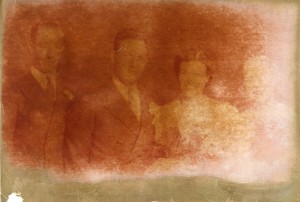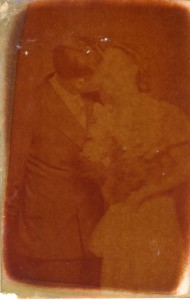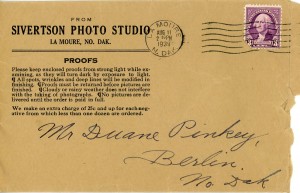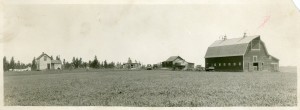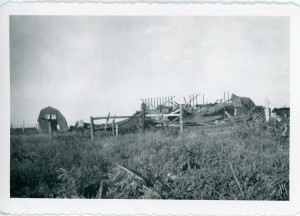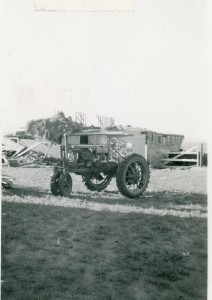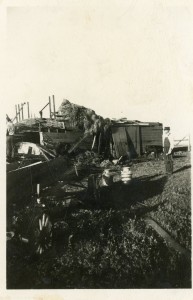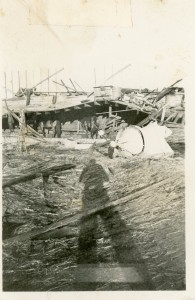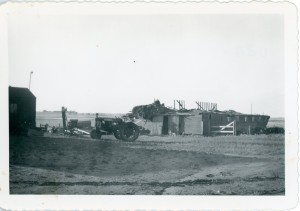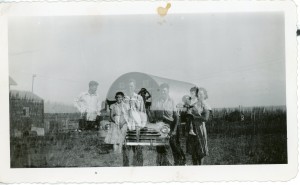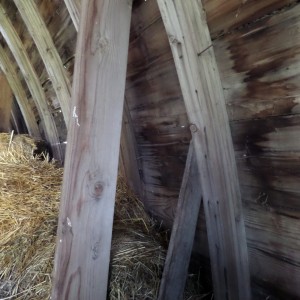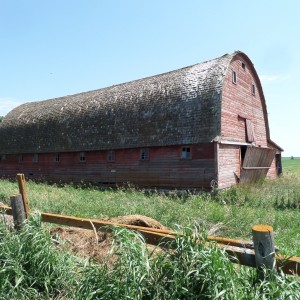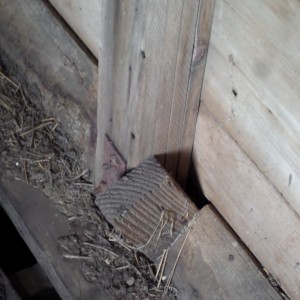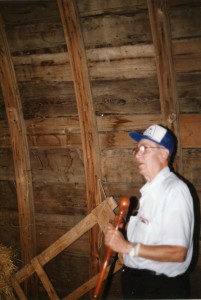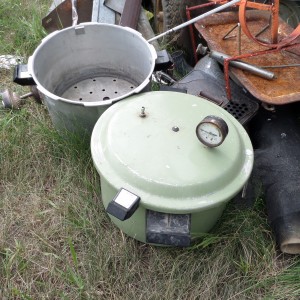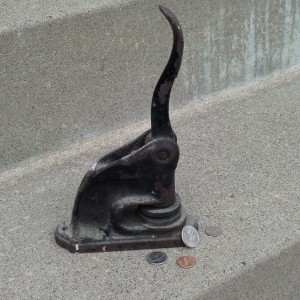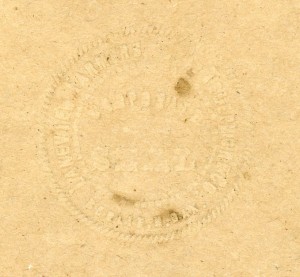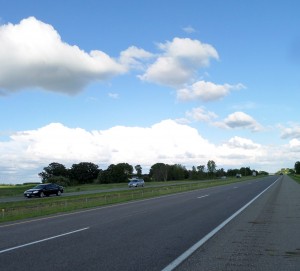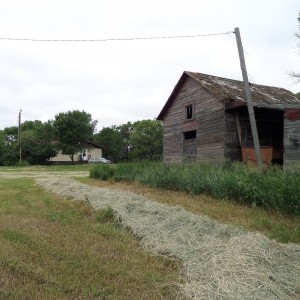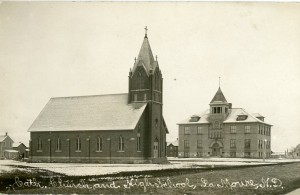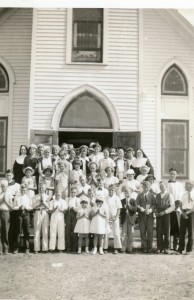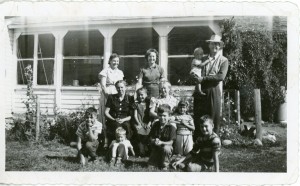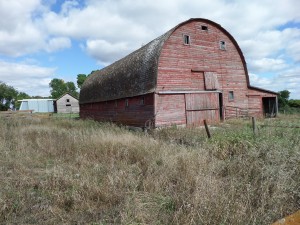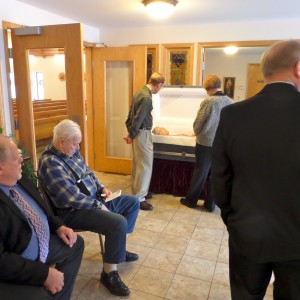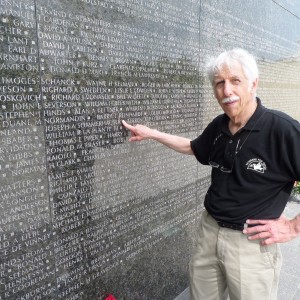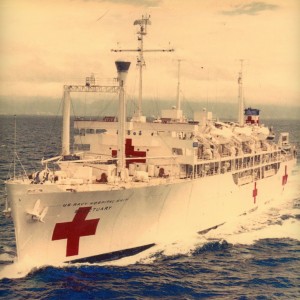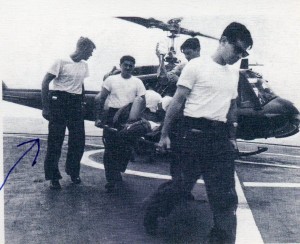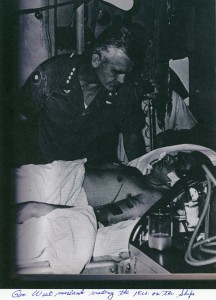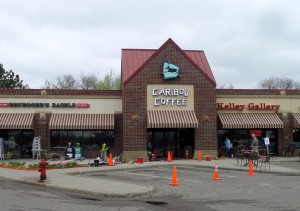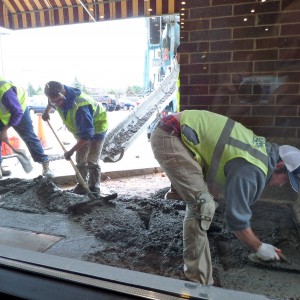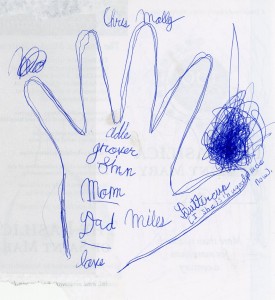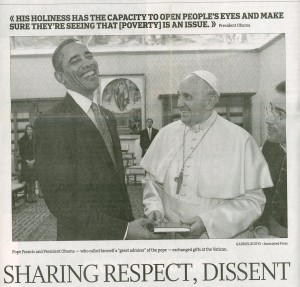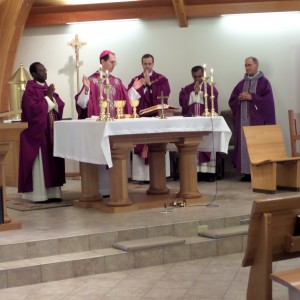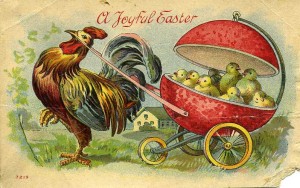#927 – Dick Bernard: Guns and Relationships
Shortly I leave on yet another trip to the North Dakota farm, continuing the long summer of preparing the place for new occupants. It has been a lot of work, but I can see the light at the end of the tunnel. Maybe this trip, to deal with the last of the scrap metal, and some other miscellany, might take care of at least the physical side of the effort. There remains the emotional: I’ve had far more of an investment in that place than I ever realized, and I knew that farm was important to me, though I never actually lived there. Just occasional visits from childhood on; then a week or so each year helping my Uncle with harvest. It was my hub: the house, the barn, the surrounding fields, the wheat golden when last I left about a week ago, the apple trees (this year very heavy with apples)….
And back home, each box of “junk” from that farm yields some treasure. This Oliver Writer Nr. 3 for instance, one of the first typewriters produced in quantity circa 1902.
(click to enlarge photos)
But as I leave this computer screen shortly for the now very familiar trip 310 miles west, my thoughts will be on other things. Past will be prelude: I do not “keep up” with the news on-the-road. What I know now, is what I will know when I resume life back home in a couple of days.
Ferguson MO, and what that all means, will likely be much on my mind. Here’s the last post I received about that terrible situation, 1:43 a.m.
How do I fit in with all that is Ferguson MO right now?
Two weeks ago I stood for near three hours at Somerset School on Dodd Road in nearby Mendota Heights watching hundreds of police cars pass in honor of their fallen comrade, Scott Patrick, who was gunned down by a career criminal, a white guy, who, he said himself, hated cops. That day seems so long ago now.
There are so many thoughts. Here, one guy with a gun, by all appearances an ordinary motorist who’d done something dumb, killed another guy, the policeman, who had no reason to feel he’d have to use his own gun.
The policeman is dead, no worries for him; the killer may have felt some temporary euphoria, but not for long.
What benefit did the gun give the one who used it?
None at all.
Still, we are absolutely awash in weapons in this country. It is our right to be armed and dangerous.
At the farm I’ll visit in a few hours, one of my first acts, when it was clear my uncle wouldn’t be coming back there, was to remove six weapons from the house for safekeeping. These were all routine kinds of hunting weapons, granted, but weapons nonetheless. Attractive targets for thieves.
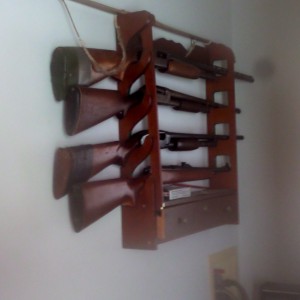
Nov. 2013, at the farm. Two other guns, “heritage” types, were elsewhere in the house. Later I found another gun in the metal shed, and a pistol as well. All now in safekeeping.
Best I can tell, just from the news, guns don’t even benefit those who own and use them for protection, whether “bad” or “good”. The one having the temporary advantage with the gun, isn’t at all advantaged in the longer term.
And then there’s the matter of race in this country of ours. That’s the larger message in Ferguson, just beginning to be discussed, again.
We are, every single one of us, captives of an ancient narrative about race in this country.
At this bucolic farm I’ll visit in a few hours, they once had a favorite horse, a black horse, “Nigger”. This was long before I was born. But long after I was born a favorite Christmas nut was “nigger toes”, brazil nuts.
There was no drama in the use of this term, nigger. But the greater message was the very fact that it was used at all.
And it isn’t about “them”, it’s about every single one of us.



